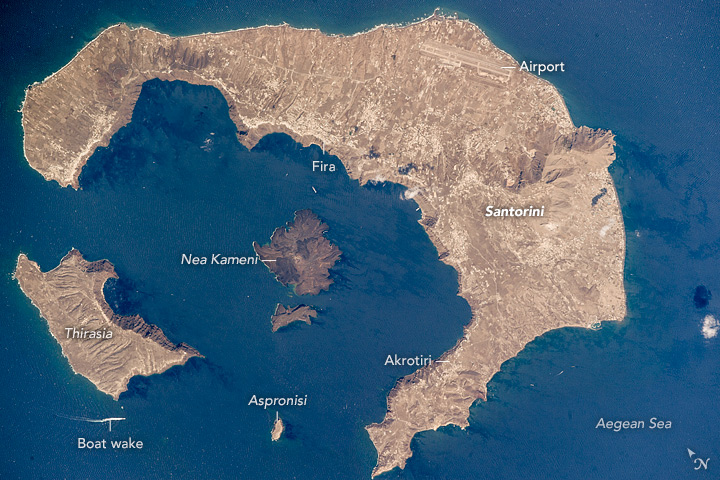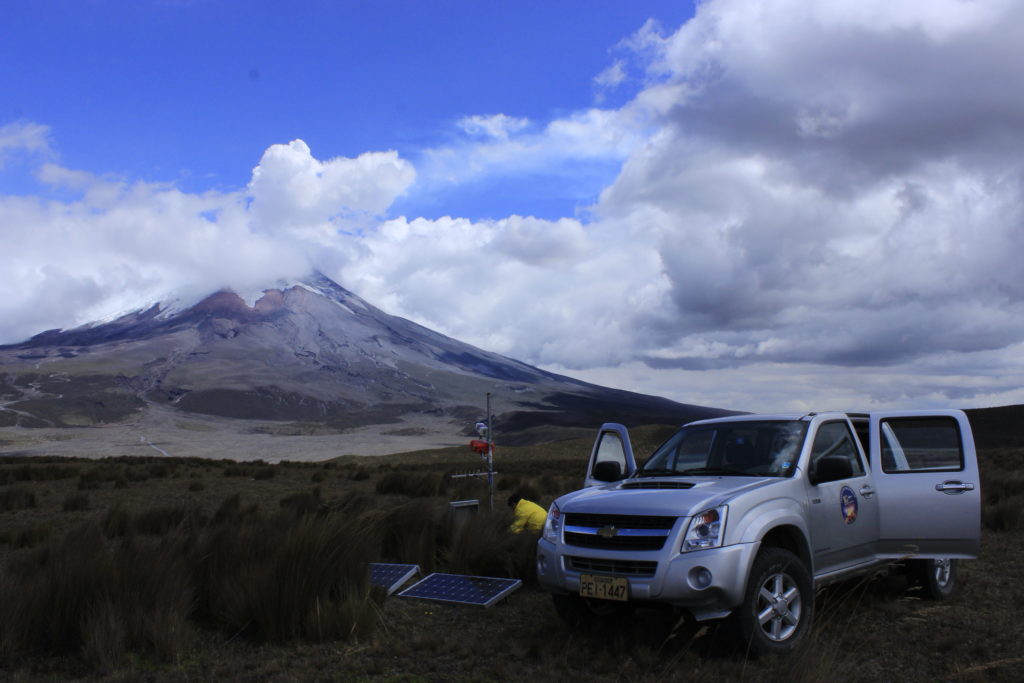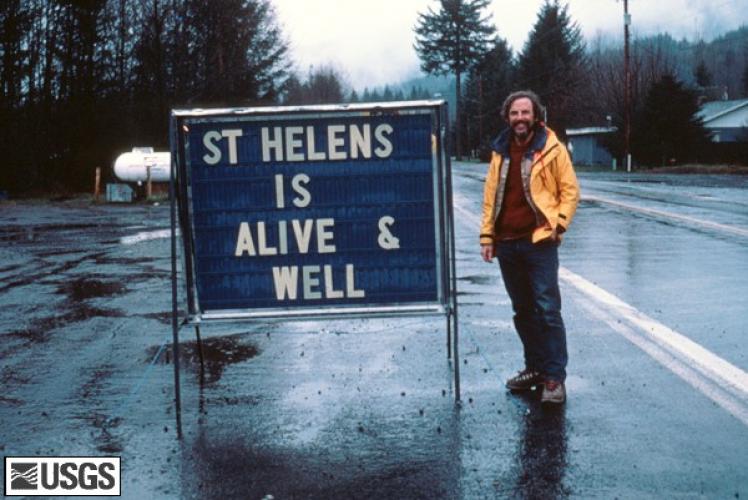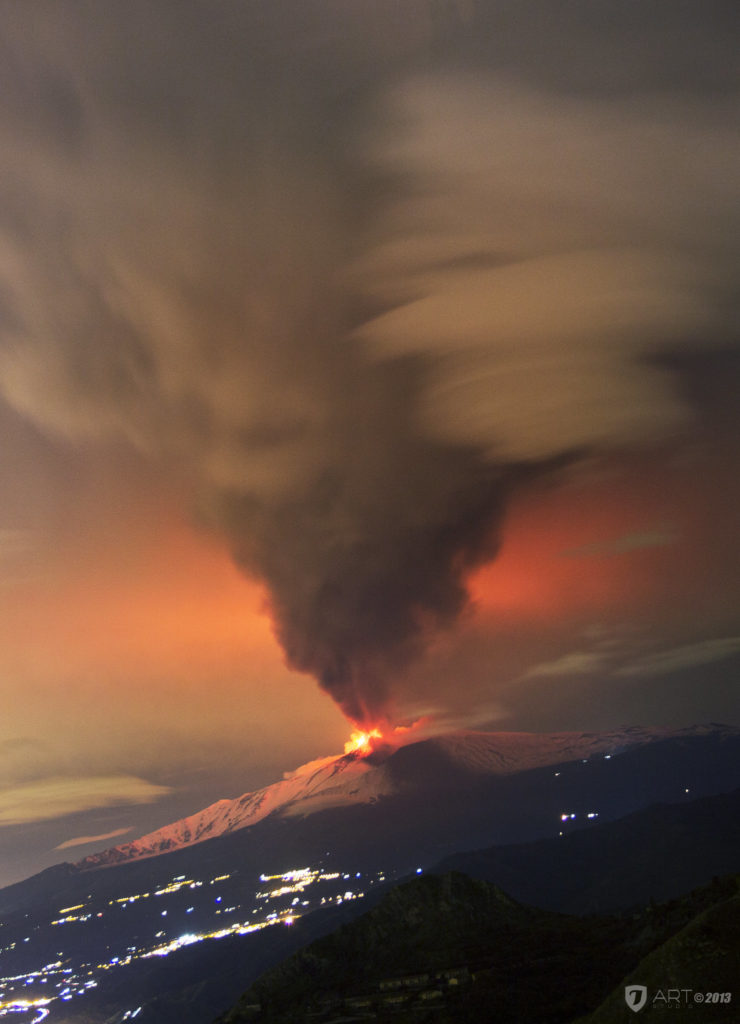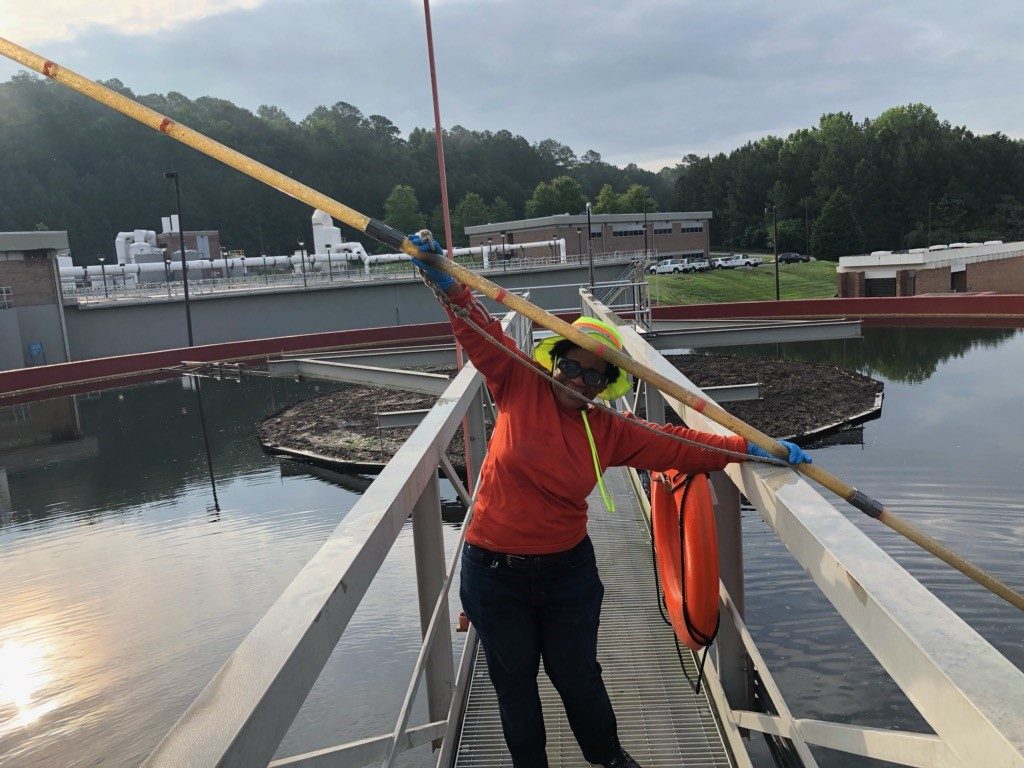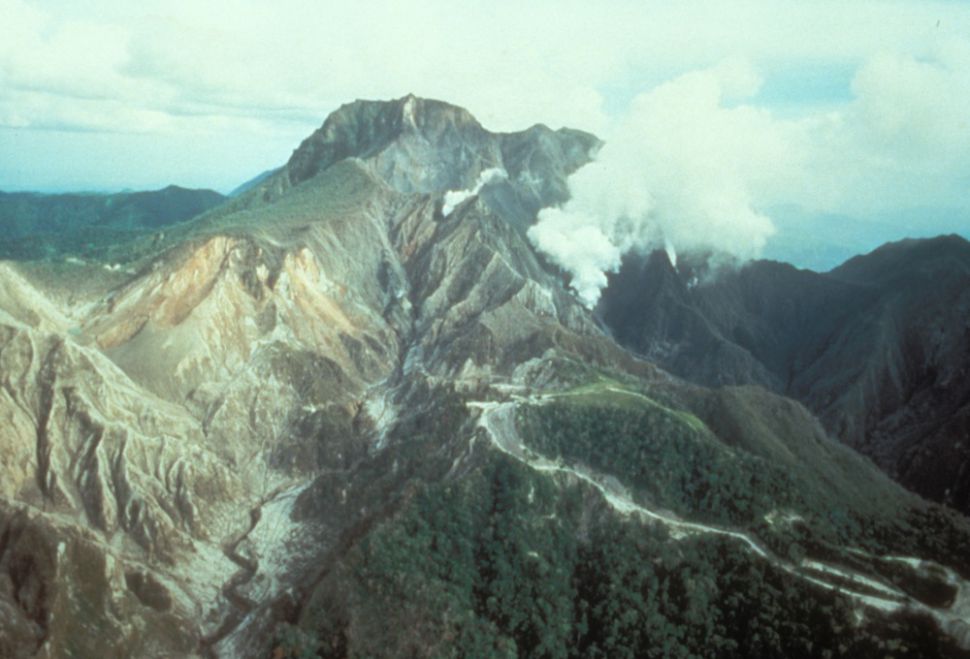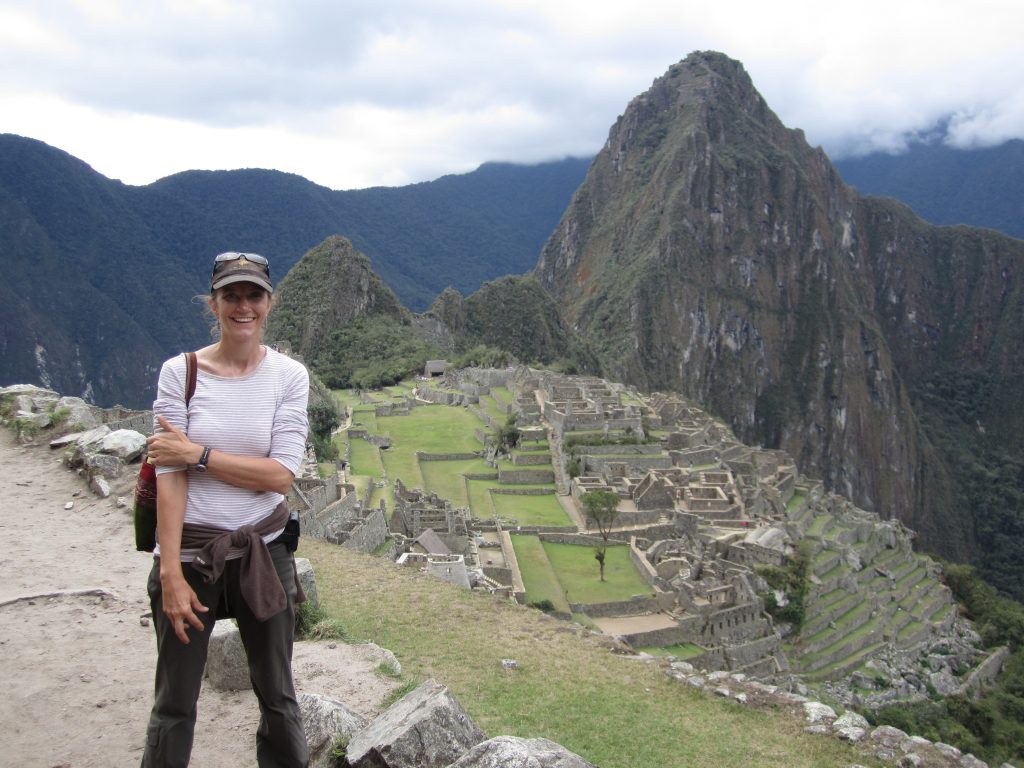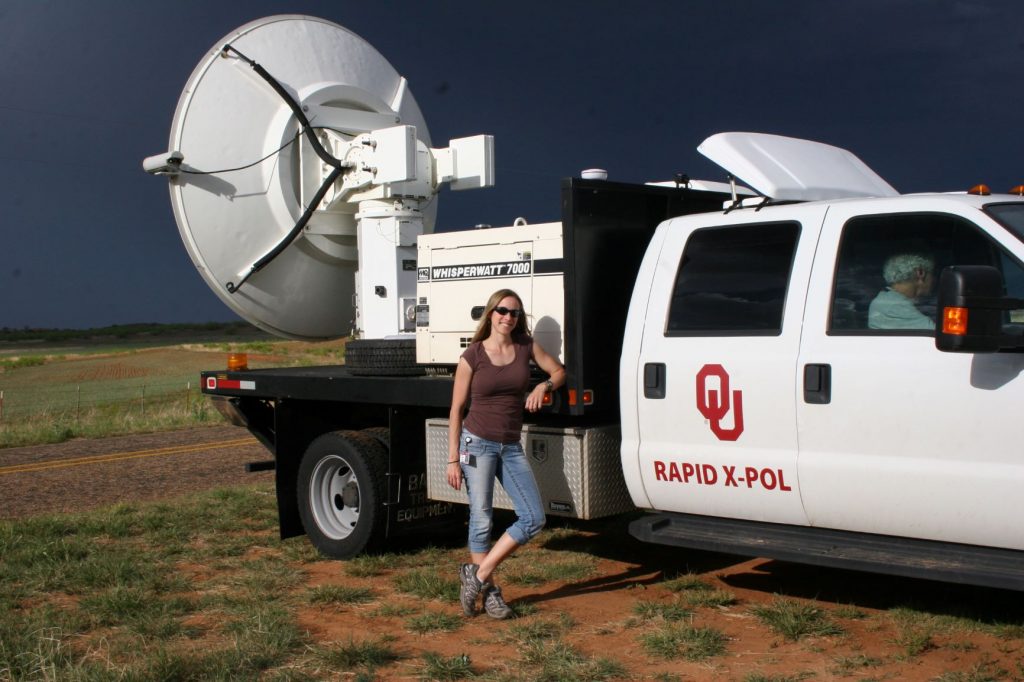Posts Tagged ‘Natural Hazards’
Escape from Thera
About 3,600 years ago, a colossal volcanic eruption blew apart the Greek island Thera, now the popular tourist destination known as Santorini. Falling volcanic rock and dust buried the Bronze Age settlement Akrotiri, on the south side of the island, preserving multi-story buildings, frescoes, tools, furniture and food, until archaeological excavations uncovered them in the last century, much like the eruption of Vesuvius in 79 CE famously buried Pompeii and Herculaneum. But unlike the Roman cities, Akrotiri has a notable lack of bodies.
Read MoreInstruments of Unusual Size
Volcanic craters could be the largest musical instrument on Earth, producing unique sounds that tell scientists what is going on deep in a volcano’s belly.
Read MoreMt. St. Helens: 40 Years Later
On May 18, 1980, Mt. St. Helens erupted in Washington state, capping off a series of volcanic events that began on March 27th of that year. The May 18th explosions is credited with causing 57 deaths, >$1 billion in property damage, and forever changed the surrounding landscape.
Read MoreEt tu, Etna?
In 44 BCE, a momentous event occurred. Somewhere on Earth, a volcano erupted—one of the largest of last 2,500 years terms of climate impact. Traces of the eruption can be found in ice cores from Greenland and Antarctica, in signs of cold weather in the growth rings of trees around the world, and records of famine and agricultural disaster from Egypt to China. The eruption caused global climate effects lasting several years.
Read MoreThird Pod Presents: Sci & Tell – Pulwarty & Hayes, Connecting Science & Society
Why do people feel they way they do about issues? Why do lawmakers and policy leaders seemingly act against their better interests? And how can information be developed in a way that leads not just to greater understanding, but to better decision making?
Read MoreSpecial Release: Managing Emergencies in a Water World
Water is one of the things that none of us can live without. Yet, it’s taken for granted in so many parts of the parts, and even in parts of the U.S. But what would happen if we ever hit day zero, or the day that the water ran out. That probably won’t happen but Paula Buchanan is here to tell us that we still need to be vigilant.
Read MoreCentennial E10 – Volcano Disaster Prepping
Many people have emergency kits packed to flee or survive forces of nature like floods, hurricanes, or wildfire. But what do you throw in your bag when you expect to rush toward a natural hazard? Geologist John Ewert has his go-kit packed with portable seismometers and gas-monitoring equipment, ready to mobilize when a volcano starts to rumble.
Read MoreE21 – X-rays of the Earth’s Gooey Center
Much like x-rays can show broken bones (or noses), seismic equipment can show us what’s going on in Earth’s interior. While seismologists can’t take quick snapshots like medical doctors can, they can provide an image of tectonic plate movements over time to help the scientific community – and local communities – understand geophysical phenomena from mountain formations to volcanoes to the earthquakes that rock their world.
Read MoreCentennial E9 – The Sun and the Exploding Sea
In 1972, in the waning years of the Vietnam War, U.S. military pilots flying south of Haiphong harbor in North Vietnam saw something unexpected. Without explanation, and without warning, over two dozen sea mines suddenly exploded. While the phenomenon was never officially explained, it piqued the interest of space scientist Delores Knipp.
Read MoreE18 – Riders on the Storm
Few natural phenomena are more difficult to study than tornadoes. They’re short-lived, their locations are notoriously hard to predict, and getting close enough to observe them is both challenging and extremely dangerous.
Read More
